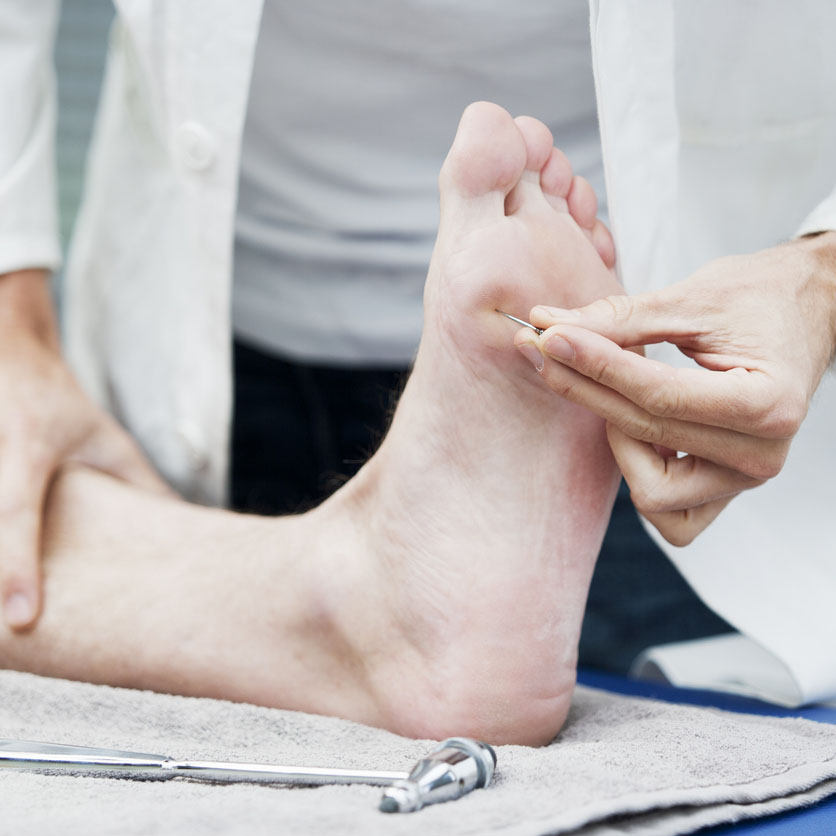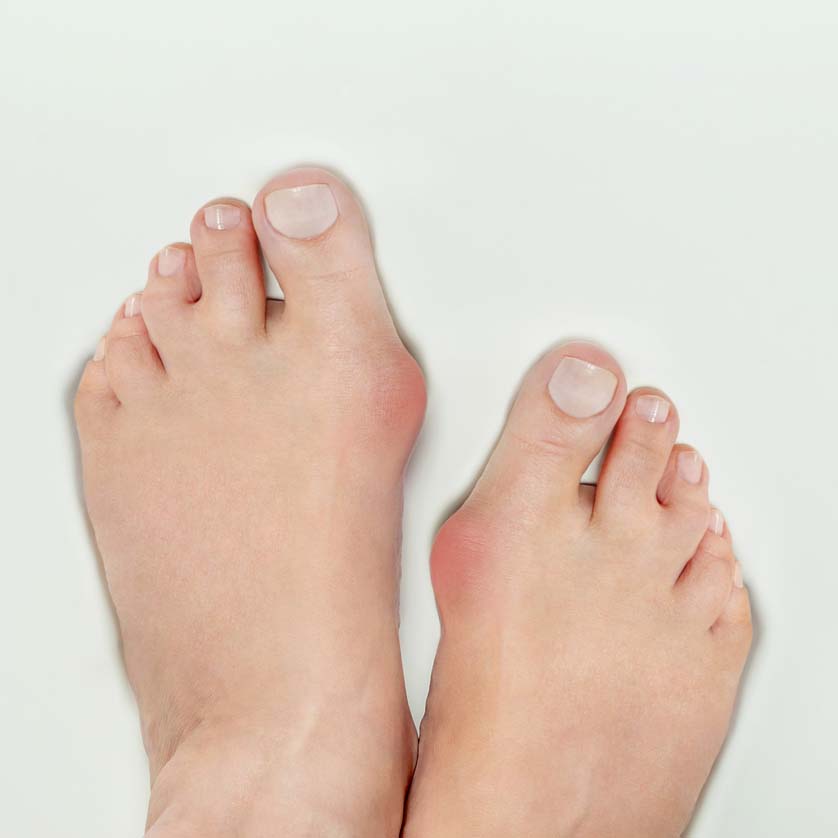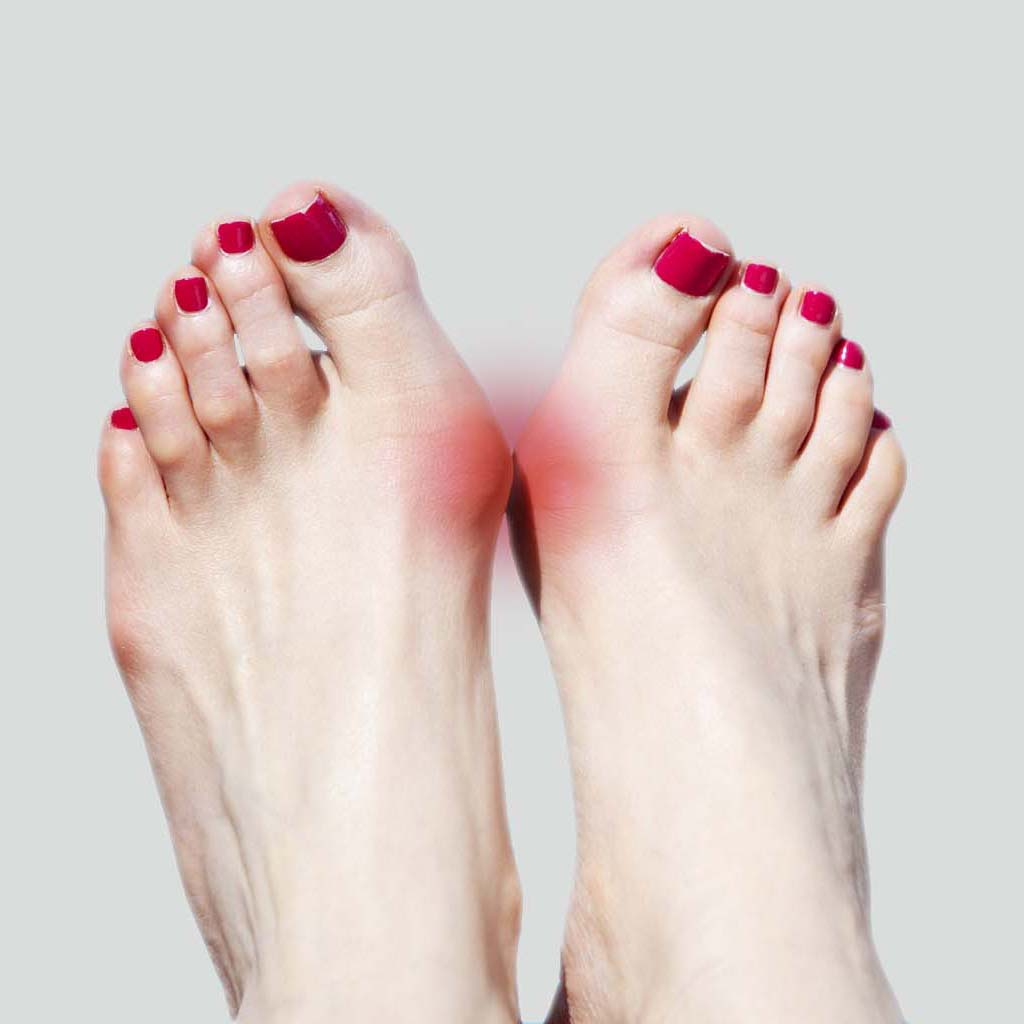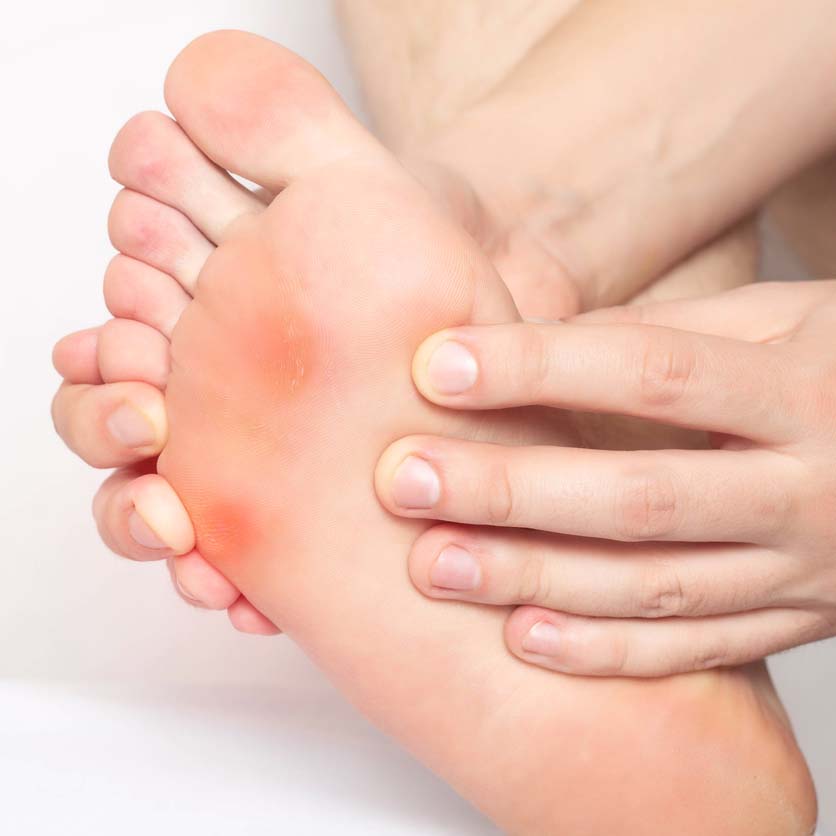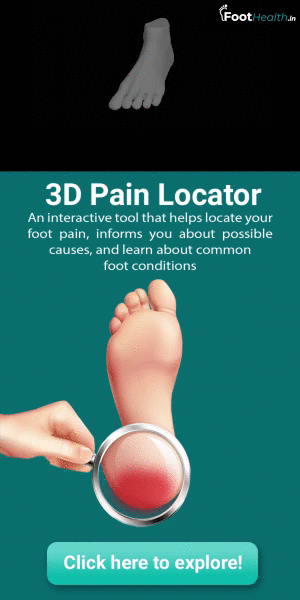


Over Pronation
Introduction

Over-pronation also termed as flat feet, is a common biomechanical problem that occurs when a person’s arch collapses inward and downward upon weight bearing. This motion can cause extreme stress or inflammation on the structures of the foot such as plantar fascia, potentially causing severe discomfort while standing or walking. Over-pronation of the foot may also predispose an individual to other injuries such as bunions, heel pain and chronic lower back pain.
Cause
Over-pronation is very common in people with flexible, flat feet. The arches of the foot begin to collapse, causing the foot to flatten and adding stress to other parts of the foot. There are several causes of flat feet such as obesity, pregnancy or repetitive pounding on a hard surface can weaken the arch leads to over-pronation. When symptoms from flat feet occur walking is disturbed with increased strain on the feet and calves.
Investigation
One can self inspect flat fees by look at the bottom of their shoes for signs of wear and tear. If most of the tear is on the inside sole near the ball of the foot and near the big toe, there’s high possibility that one may overpronate. One may even notice that shoes tilt inward while standing on ground. Medically a Physiotherapist or Podiatrist or Orthopedician may run battery of tests like Navicular drop test, radiologically investigation of bone on XRAY and gait examination
Treatment And Prevention
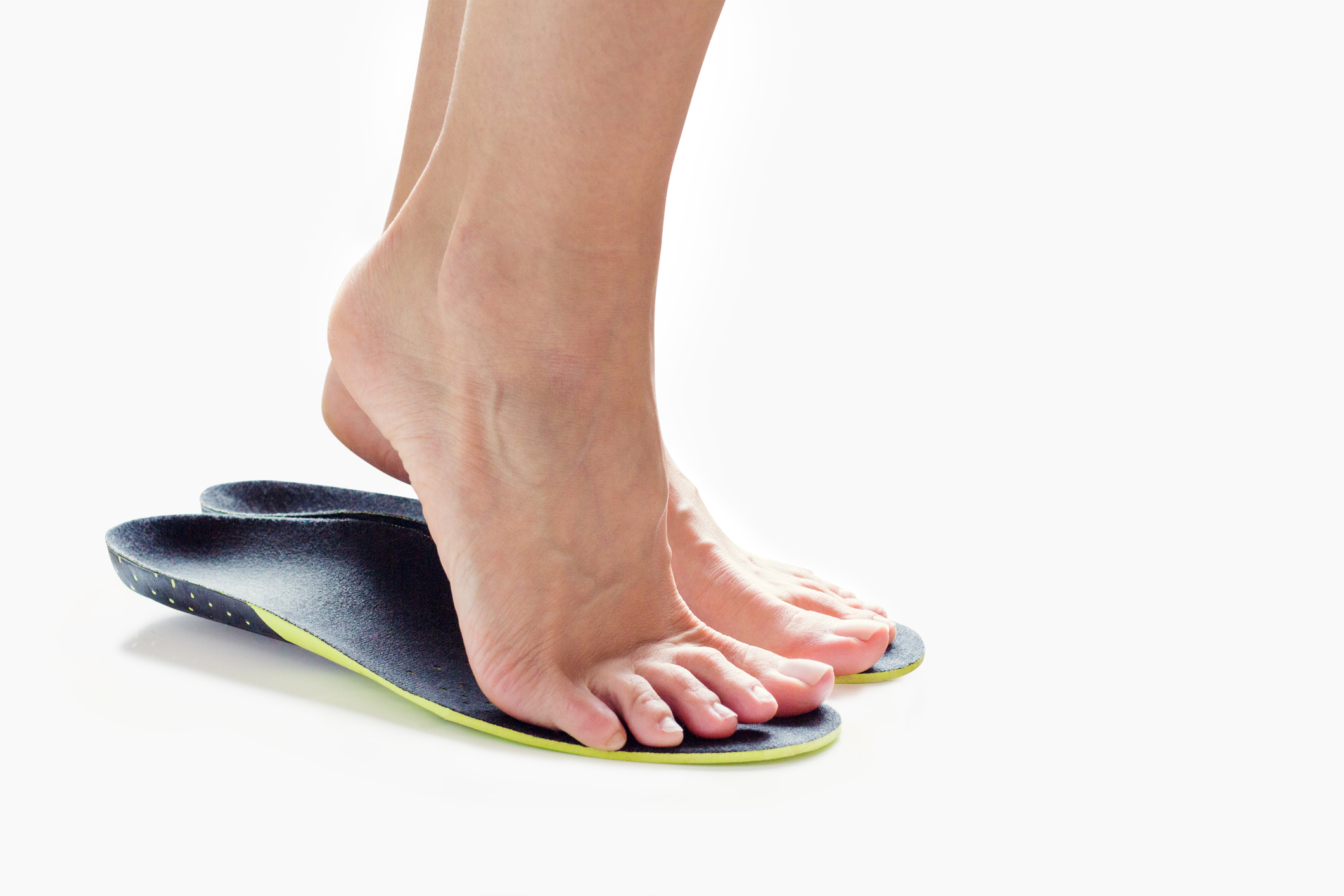
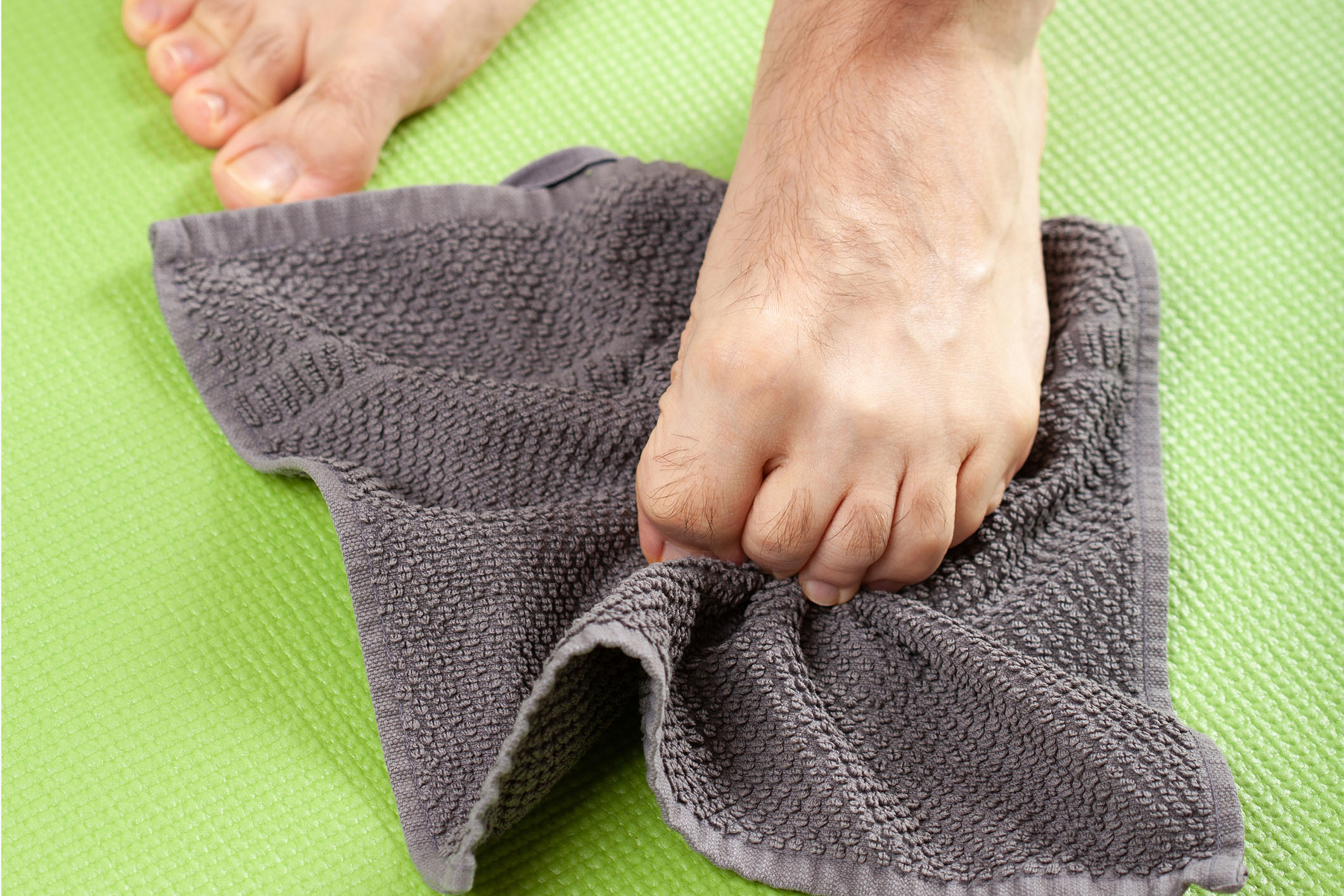
Over-Pronation can be treated conservatively with appropriate arch support and medial rearfoot posting to prevent the over-pronation. Footwear should also be assesed to ensure the fit is proper. Footwear with a firm heel counter is often suggested for extra support and stability. Also, exercises for improving the muscle flexibility and reducing arch related pain can be suggested by a Physiotherapist
Read our Articles
